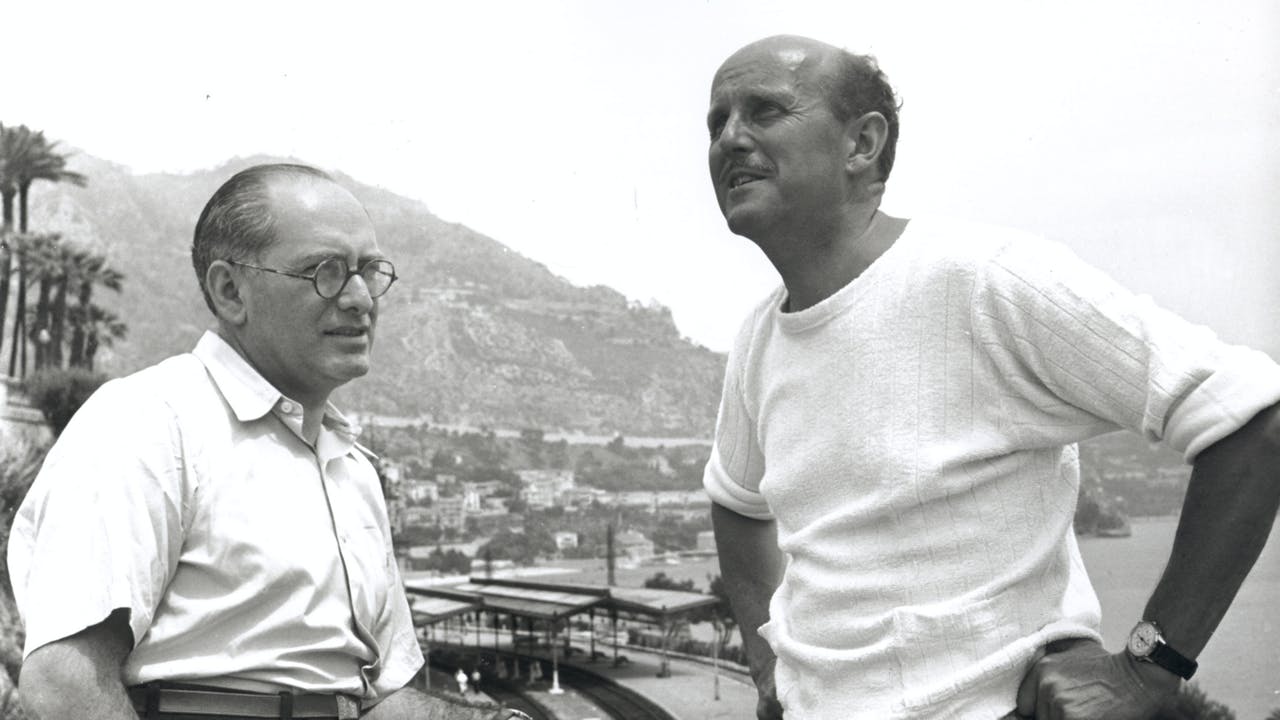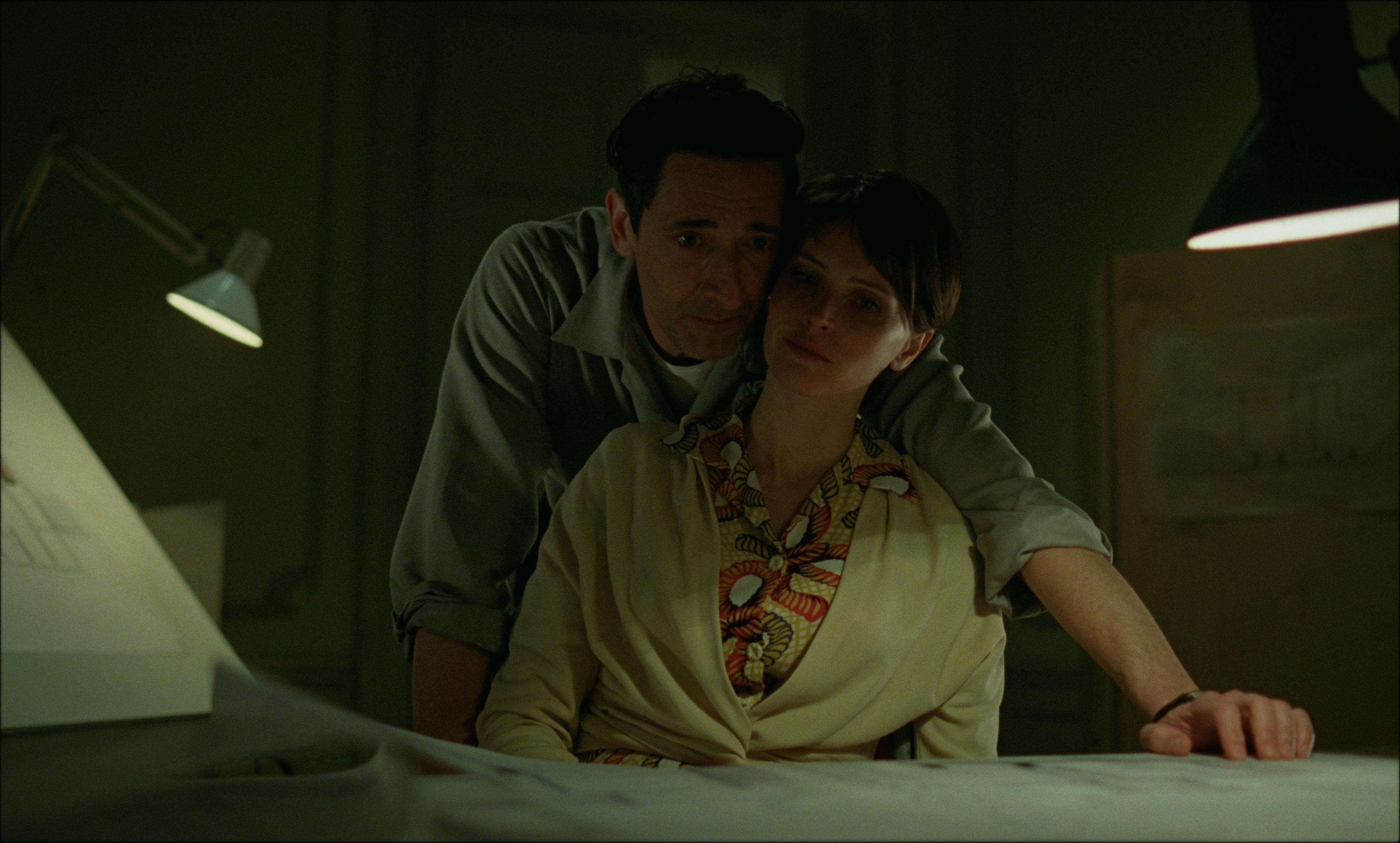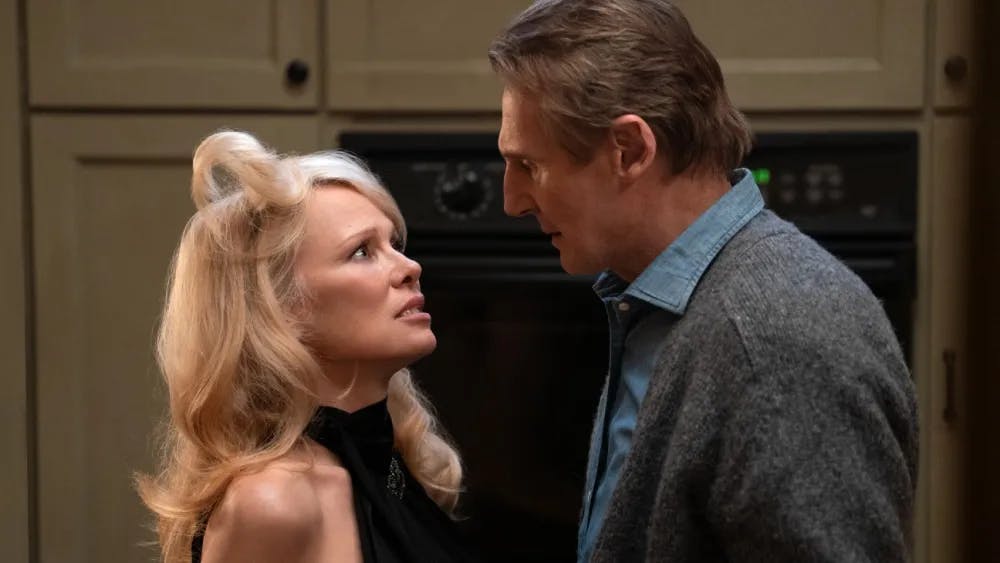Jay-Z once said “I’m not a businessman. I’m a business, man.” His signature wordplay illustrates that he’s not simply someone out to make money, money was being made from him; his name, his image, his brand. He’s an exemplar of the American Dream, rising from the Bed-Stuy projects to heading his own entertainment company. Often seen in an expensive suit beneath a Yankee cap, it’s easy to draw a line from Jay-Z to David King (played by Denzel Washington), the protagonist of Spike Lee’s latest feature Highest 2 Lowest.
For decades, Lee has been a cinematic torchbearer for both Black culture and New York City, highlighting both in ways often overlooked by other directors. Just as Spike Lee’s look and voice are distinctive, so remains his filmmaking. In his 24th narrative feature, Lee updates the 1963 Akira Kurosawa thriller High and Low in his bold and unmistakable style. Lee crafts a sumptuous thriller that expertly guides you through the more underappreciated streets of New York City that features a powerhouse performance by Washington worth the price of admission alone.
From the opening frame, Highest 2 Lowest immediately announces itself as a musical. “Oh, what a beautiful mornin’” from Oklahoma! waltzes beneath a camera that glides above the Manhattan and Brooklyn skylines. It’s not a musical in the conventional sense where characters erupt into song and dance, but one where the soundtrack, score, and performances are forefronted and given ample time and attention.
We meet King on the balcony of his penthouse apartment in the “you’ll never guess how expensive” neighborhood of DUMBO, Brooklyn. King is the founder and impresario of Stackin’ Hits Records, a company he built from the ground up that is set to be acquired by Stray Dog Enterprises (a reference to another Kurosawa film). In order to prevent the acquisition that King believes will “squeeze every drop of Black culture” from his life’s work, he borrows a large sum of money to buy a controlling interest and veto the sale even though it puts King and his family in a financially precarious situation. But just as his attempt to wrestle back control of Stackin’ Hits gets underway, he receives a call that his son Trey (Aubrey Joseph) has been kidnapped with a ransom that would kill his plan. When the kidnapping goes awry, King is faced with a moral dilemma that calls into question what’s most important in his life.
No one can give the performance Washington does. David King is magnetic but egotistical, referred to simply as King by his Stackin Hits subjects. Eager to get the attention of “the best ears in the business,” a young woman waits for his arrival in his office’s lobby and sings a song in his honor. While not a humble man, King is a loving husband and father. Certainly another in the canon of cinematic “busy dads,” but avoids cliche. While he sees everything through the superficial lens of business, it’s more about ego than money for King, or as he calls it “integrity.” As the magnetic mogul, Washington channels his blinding charisma and unique mannerisms in a performance that’s impossible to look away from. Highest 2 Lowest is Washington’s fifth film directed by Lee, the majority of which were shot on location in New York City.
One of Lee’s many strengths is his love, familiarity, and understanding of NYC and because of that, he appreciates the unique power and importance the city offers as a location. As a native of the city, he understands its neighborhoods, its cultures, and the beauty and complexity they offer. Many productions shoot some establishing footage in the five boroughs while the majority is shot in a more financially beneficial city posing as New York, always to the detriment of the film. They always feel like New York through the eyes of a tourist because many of them stick to the same hackneyed landmarks. Lee’s films are special because he utilizes the tapestry of the city from the per-gentrified DUMBO of She’s Gotta Have It to the South Bronx of Highest 2 Lowest.
Another thread connecting his debut to his latest is his deep love of the history of cinema. Both She’s Gotta Have it and highest 2 Lowest are based on the work of cinematic master Akira Kurosawa; Rashomon and High and Low, respectively. One of Lee’s many cheeky references is naming the company attempting to acquire King’s label Stray Dog, a nod to Kurosawa’s 1949 thriller.
Lee flexes all of these muscles during a frenetic sequence throughout the South Bronx and employs two of its defining elements: the Puerto Rican community and Yankee Stadium. Masterful in its composition, it begins on a fairly empty 4 train. Lee first ratchets up the frenzy by packing it with energized Yankee fans on their way to a game against their arch-rivals the Boston Red Sox. He then adds another layer to the chaos by setting it during the Puerto Rican Day Parade. Playing out above and below the tracks of 4 train; the sequence is reminiscent of another notable outer-borough film, The French Connection. Scoring the thrilling sequence is a performance by Puerto Rican legend Eddie Palmieri and his orchestra.
Palmieri’s performance is a noteworthy component of Highest 2 Lowest's status as a Spike Lee musical, as is the casting of rapper A$AP Rocky. Rocky appears and performs as struggling Bronx-based rapper Yung Felon. As a performer, Rocky adapts his style to fit his character with aplomb and, as an actor, impressively holds his own against Washington. Lee’s eclectic taste led to the inclusion of Scottish jazz fusion group the Fergus McCreadie Trio. Their music gets adapted into a lush and robust score by Howard Drossin who employs an impressive 90-piece orchestra -recorded in New York, of course.
Drossin is one of the many craft department heads who deserve their flowers along with cinematographer Matthew Libatique, whose sumptuous camera work does justice not only to the streets of the Bronx but also King’s luxurious penthouse, which production designer Mark Friedberg adorns with works from Lee’s own collection, many of which were featured in his 2024 exhibition at the Brooklyn Museum and include works by prominent Black artists such as Kehinde Wiley, Deborah Roberts, and Jean-Michel Basquiat.






